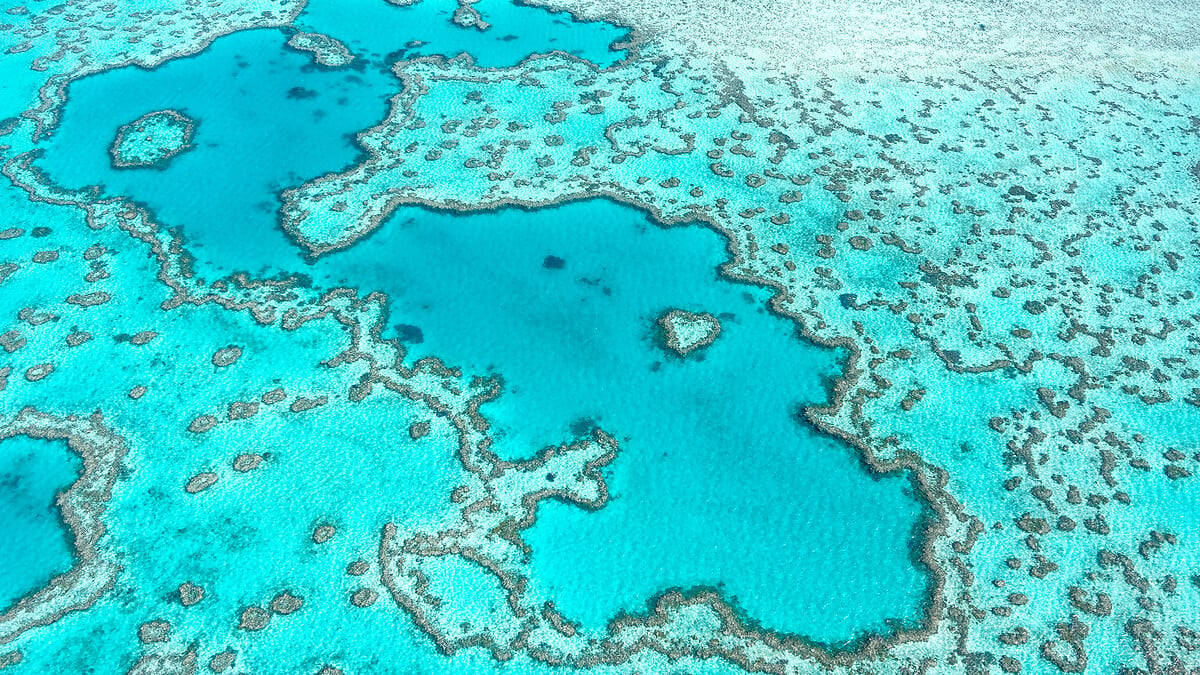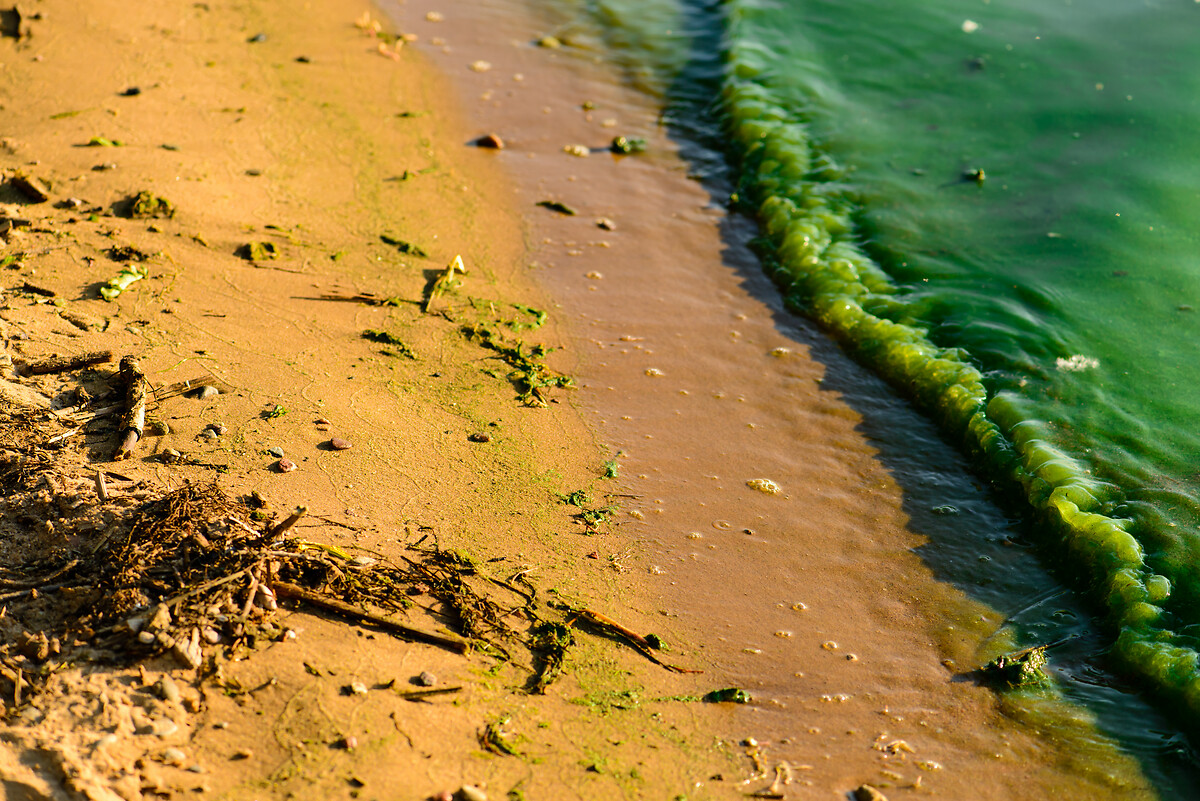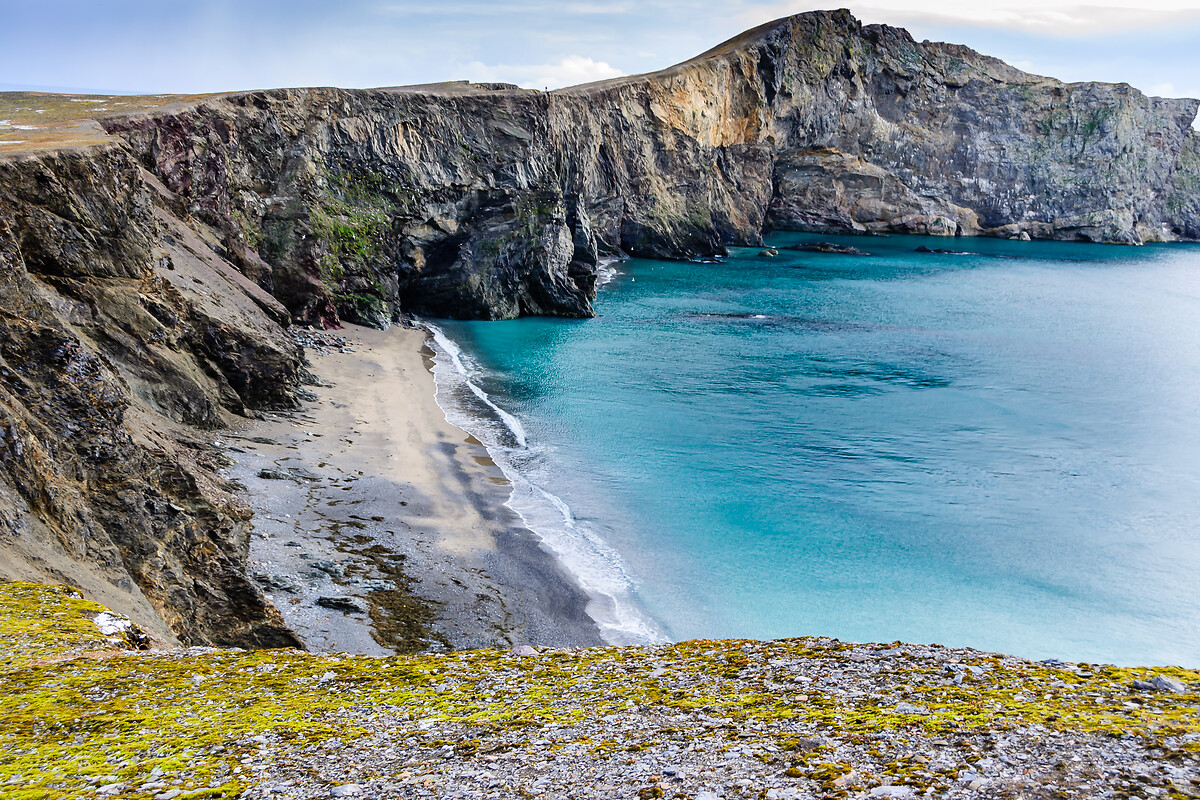> Tags: Marine protected area, Nitrogen, Spatial planning, Water quality
> Themes: Biodiversity, Fisheries and aquaculture, Pollution
> Country: Australia
> Last updated: 04 June 2020
Download PDFPolicy in practice
The Great Barrier Reef Marine Park (GBR) stretches 2 000 kilometres along the northeast coast of Australia. It was declared a World Heritage Area in 1981 and contains extensive areas of coral reef, seagrass meadows and fisheries resources. Despite the protected status, however, coral cover and seagrass meadows are both declining, in part due to agricultural runoff of sediments and nutrients, which have also been associated with crown-of-thorn starfish outbreaks (invasive alien species that cause decline in coral cover). Other factors attributed to the decline in coral cover include coral bleaching, ocean acidification and increasing intensity of extreme events associated with climate change, and coral diseases.
Agricultural activity, which comprises more than 80% of the Great Barrier Reef catchments, is recognised as the major cause of poor water quality (sediments, nutrients and pesticides) in the GBR. In response to the concerns of pollution of the GBR from agricultural runoff (first identified by the Great Barrier Reef Marine Park Authority as a critical issue in the 1990s), four policy measures have been implemented by the Australian and Queensland governments:
1. The Reef Water Quality Protection Plan in 2003 (updated 2009), is a whole-of-government programme addressing the critical issue of declining water quality in the Great Barrier Reef. The aim of the plan is to ensure that by 2020 the quality of water entering the GBR from adjacent catchments has no detrimental impact on the health and resilience of the GBR. The plan outlines specific targets and actions to achieve this. The Paddock to Reef Monitoring, Modelling and Reporting Program gives responsibility to the Great Barrier Reef Marine Park Authority to measure and report on progress towards Reef Water Quality Protection Plan goals and target. Between 2008 and 2013, the Australian and Queensland governments invested AUD 375 million to reduce pollutant loads entering the reef lagoon. In June 2014, the governments committed a further AUD 375 million to implement the plan through to 2018.
2. Reef Rescue, an incentive-based voluntary management initiative released in 2007 to increase the adoption of land management practices that reduce the runoff of nutrients, pesticides and sediments from agricultural land. The Australian government invested AUD 200 million for its implementation, including monitoring, research and partnerships, over five years.
3. The Great Barrier Reef Protection Amendment Act 2009 (also known as the Reef Protection Package), introduced by the Queensland government and regulated in 2010. The act includes regulations to sugarcane and cattle farming in particularly areas draining to the GBR. Requirements include farm environmental risk management plans, sustainable fertiliser management (calculation of fertiliser rates), erosion control (maintain pasture cover) and pesticide management (calculation of pesticide rates and establishment of riparian buffer strips).
4. The Reef 2050 Long-Term Sustainability Plan, released in 2015 and currently under public consultation. The plan, developed by the Australian and Queensland governments with input from scientists, communities, traditional owners, industry and non-governmental organisations, has the vision to “ensure the Great Barrier Reef continues to improve on its outstanding universal value every decade between now and 2050 to be a natural wonder for each successive generation to come”. The plan identifies threats, policy measures, actions, targets, objectives and outcomes to improve water quality, ecosystem health, biodiversity, indigenous and non-indigenous heritage, community benefits, economic benefits and governance of the GBR. The plan specifically addresses not only immediate threats, such as diffuse pollution from agriculture, but also the need to mitigate and adapt to the long-term impacts of climate change. A committee structure, investment plan, partnership, and comprehensive, integrated monitoring, reporting and review processes have been established to support the plan. Government investment in the GBR over the next ten years is projected to be more than AUD 2 billion.
A number of indicators are monitored by the Queensland Government (2015), including land and catchment indicators for each of the 35 catchments draining to the Great Barrier Reef, and marine indicators – both chemical and biological: the area of land in each catchment managed using best practice systems riparian vegetation, ground cover and wetlands, all of which are important to help reduce pollutant flow to waterways and prevent erosion the catchment pollutant loads of sediment, nutrients and pesticides (estimated by modelling) remote sensed marine water quality – chlorophyll a (indicator of nutrient availability and productivity) and total suspended solids (indicator of particulate matter in water) seagrass monitoring – abundance (percentage cover and change in cover), reproduction (indicator of the potential of seagrass meadows to recover from disturbances) and nutrient status (indicator of the response of seagrass to nutrient conditions in the surrounding waters) seagrass monitoring – abundance (percentage cover and change in cover), reproduction (indicator of the potential of seagrass meadows to recover from disturbances) and nutrient status (indicator of the response of seagrass to nutrient conditions in the surrounding waters) coral monitoring – percentage cover (indicator of the capacity of coral to persist under the current environmental conditions and its potential to recover), coral change (indicator of coral resilience to disturbance), macroalgal cover (indicator of poor water quality and negatively affects the resilience of coral communities) and coral juvenile density (indicator recovery potential form disturbances).
For the first time, in 2011, the Great Barrier Reef Marine Park Authority (2014) demonstrated pollutant loads in catchment run-off could be reduced through an improvement in farm management practices. However, water quality and ecosystem functions both remain in poor condition and it may be decades before improvements are seen. Improving water quality remains a “no regret” action to protect coral cover, reduce outbreaks of crown-of-thorns starfish and improve marine biodiversity. The implementation of the Reef 2050 Long-term Sustainability Plan is intended to further assist in addressing the issues related to water quality.
Key policy message
The predominantly land-based pollution sources affecting Marine Protected Areas (MPAs) have the potential to be mitigated through Integrated Coastal Zone Management (ICZM) spatial planning and enforcement.



